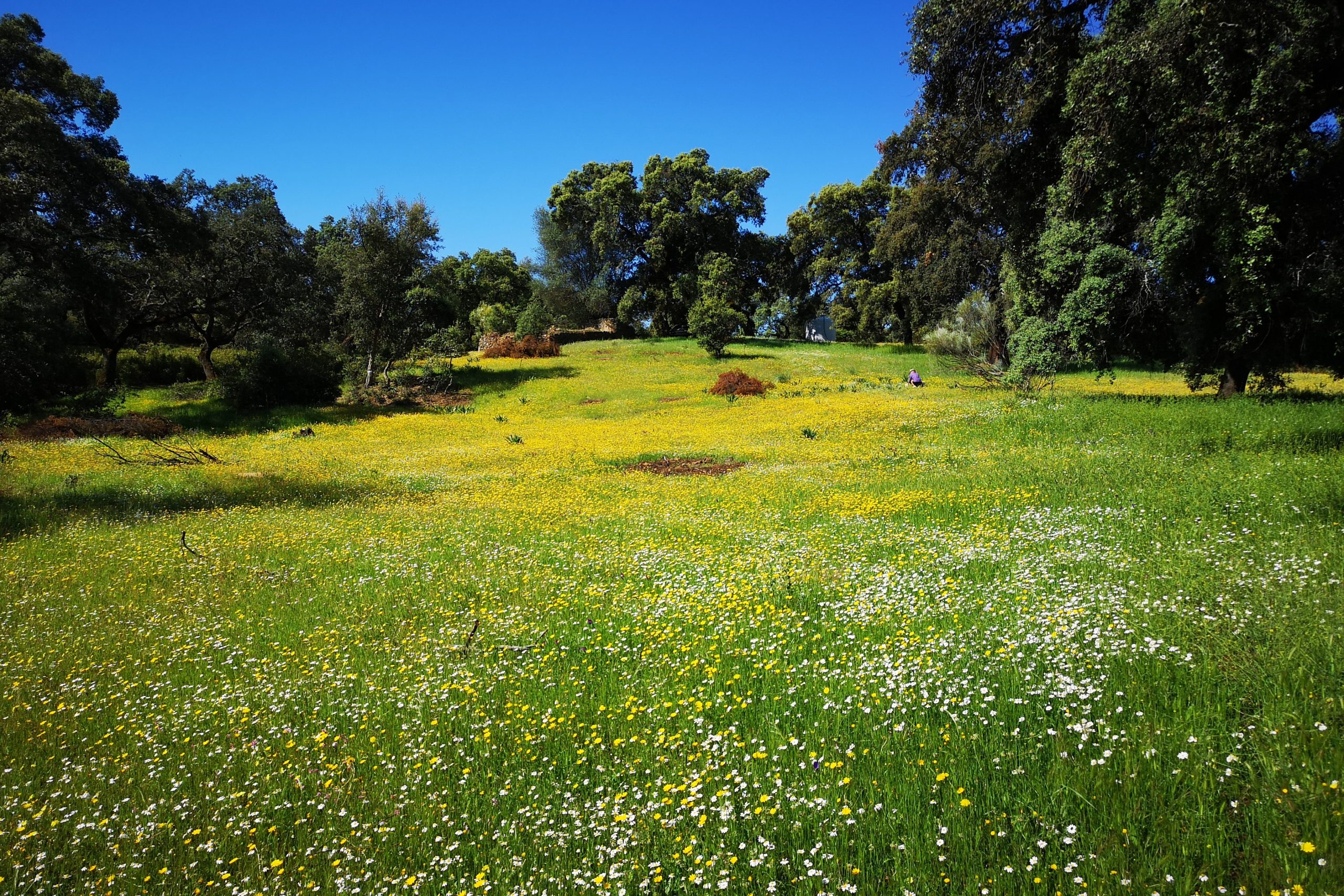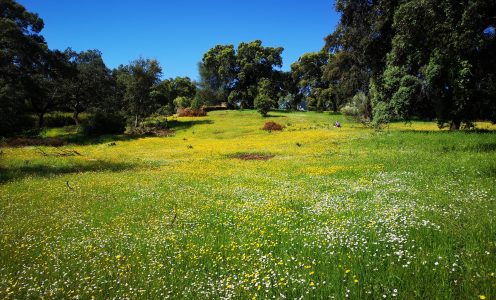Permaculture is a sustainable design system that seeks to create harmonious and productive ecosystems by mimicking natural systems. As people become more interested in sustainable living and reducing their impact on the environment, permaculture has gained popularity as a way to create self-sufficient and regenerative systems.
In this article, we will explore the most searched permaculture-related topics, including what permaculture is, the principles of permaculture design, permaculture gardening techniques, and how permaculture can help address environmental challenges.
What is Permaculture?
Permaculture is a design system that seeks to create sustainable and regenerative systems that work in harmony with nature. It was developed in the 1970s by Bill Mollison and David Holmgren, who observed that modern agriculture and land use practices were causing ecological damage and social problems.
Permaculture is based on the idea that ecosystems are interconnected and that every element in a system has a specific function. Permaculture design seeks to create systems that work with these natural relationships to create sustainable and productive ecosystems.
The Principles of Permaculture Design
Permaculture design is based on a set of principles that guide the creation of sustainable systems. These principles include:
- Observe and interact: Before designing a system, it is important to observe the environment and the natural processes that occur within it. By understanding how different elements interact, we can create systems that work in harmony with nature.
- Catch and store energy: Permaculture seeks to use natural energy sources, such as the sun and wind, to power systems. This can be achieved through the use of solar panels, wind turbines, and other renewable energy sources.
- Obtain a yield: Permaculture design seeks to create systems that are productive and provide a yield, whether it is food, energy, or other resources.
- Apply self-regulation and accept feedback: Permaculture systems are designed to be self-regulating and resilient. They should be able to adapt to changes in the environment and feedback from users.
- Use and value renewable resources and services: Permaculture seeks to use renewable resources, such as sunlight, water, and soil, to create sustainable systems.
- Produce no waste: Permaculture systems seek to create closed-loop systems where waste is recycled or reused.
- Design from patterns to details: Permaculture design is based on patterns found in nature, such as the spiral, wave, and fractal. By understanding these patterns, we can create systems that are efficient and sustainable.
- Integrate rather than segregate: Permaculture seeks to create systems where different elements work together in a symbiotic relationship. By integrating different elements, we can create systems that are more productive and efficient.
- Use small and slow solutions: Permaculture design seeks to create solutions that are small-scale and locally appropriate. This can help to avoid unintended consequences and allow for greater experimentation.
- Use and value diversity: Permaculture seeks to create systems that are diverse and resilient. By including a variety of elements, we can create systems that are able to adapt to changes in the environment.
Permaculture Gardening Techniques
Permaculture gardening techniques seek to create productive and sustainable gardens that work in harmony with nature. Some common permaculture gardening techniques include:
- Companion planting: Companion planting is the practice of planting different plants together that have a symbiotic relationship. For example, planting beans and corn together can help to fix nitrogen in the soil and provide support for the beans.
- Mulching: Mulching is the practice of covering the soil with a layer of organic matter, such as leaves or straw. This can help to conserve water, suppress weeds, and improve soil health.
- Composting: Composting is the process of breaking down organic matter, such as food scraps and yard waste, into nutrient-rich soil. This can be used to fertilize plants and improve soil health.
- Water harvesting: Water harvesting is the practice of collecting and storing rainwater for later use. This can be achieved through the use of rain barrels, swales, and other water catchment systems.
- Food forests: Food forests are designed to mimic natural forests, with layers of plants and trees that work together to create a productive ecosystem. This can include fruit and nut trees, berry bushes, and other edible plants.
How Permaculture Can Help Address Environmental Challenges
Permaculture can help address a range of environmental challenges, including soil erosion, water scarcity, and loss of biodiversity. By creating self-sufficient and regenerative systems, permaculture can help to reduce our impact on the environment and create more sustainable ways of living.
Permaculture can also help to address food insecurity and promote local food systems. By growing food locally and using sustainable techniques, we can reduce our reliance on fossil fuels and create a more resilient food system.
Conclusion
Permaculture is a design system that seeks to create sustainable and regenerative systems that work in harmony with nature. By observing and understanding natural systems, permaculture design can create productive and resilient ecosystems that provide food, energy, and other resources.
Permaculture gardening techniques, such as companion planting, mulching, and composting, can help to create productive gardens that work in harmony with nature. These techniques can help to improve soil health, conserve water, and reduce the need for synthetic fertilizers and pesticides.
Permaculture can also help to address a range of environmental challenges, including soil erosion, water scarcity, and loss of biodiversity. By creating sustainable and regenerative systems, permaculture can help to reduce our impact on the environment and create more sustainable ways of living.


